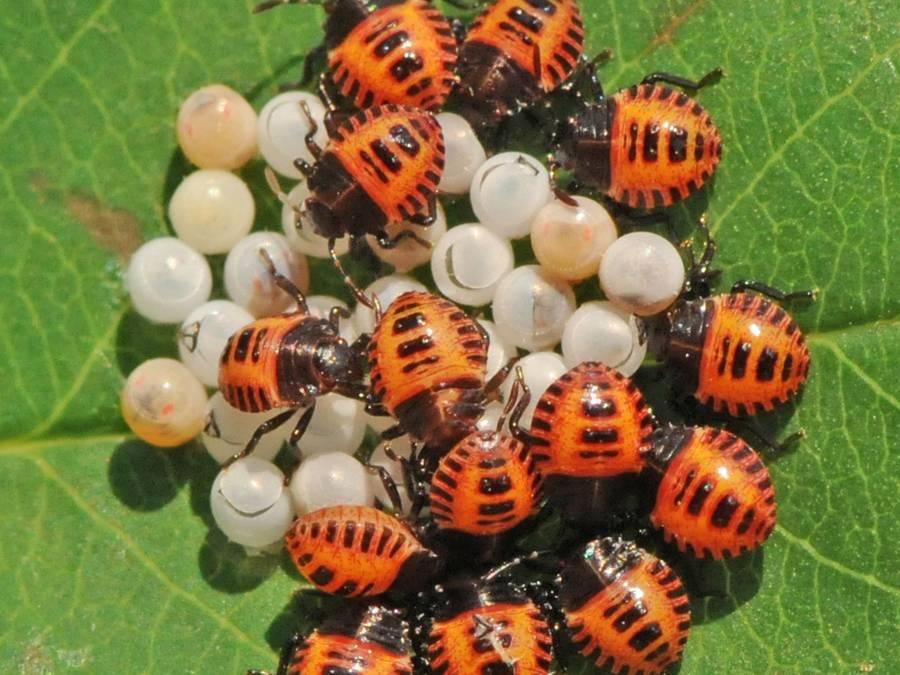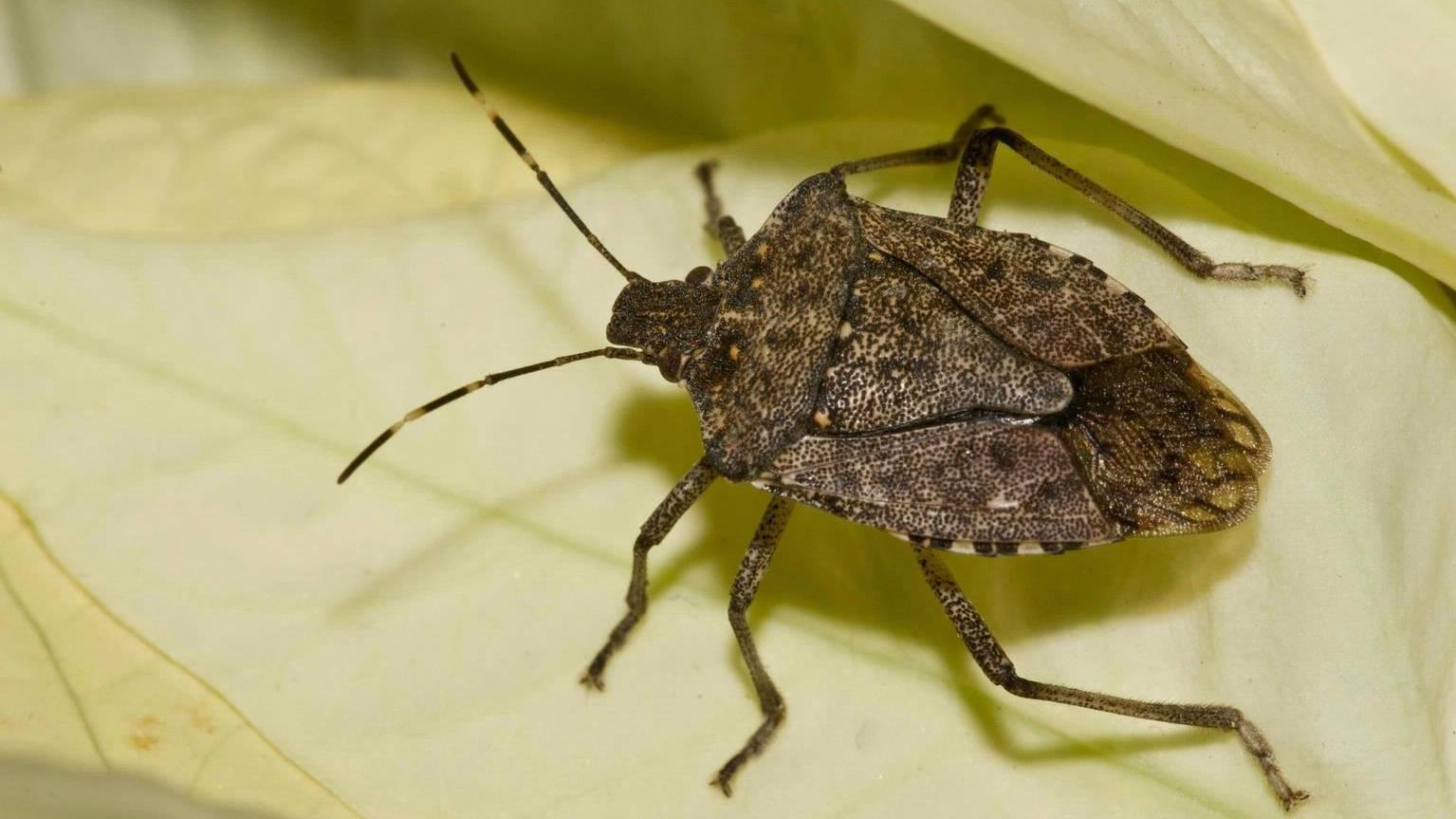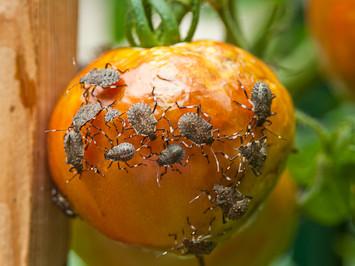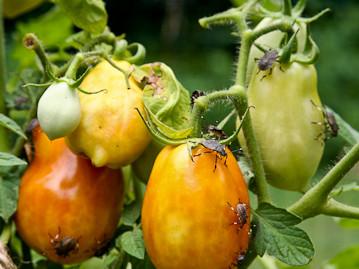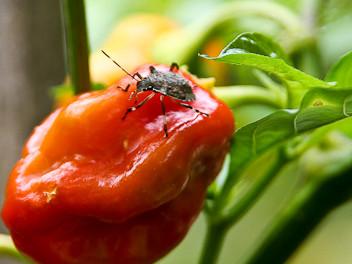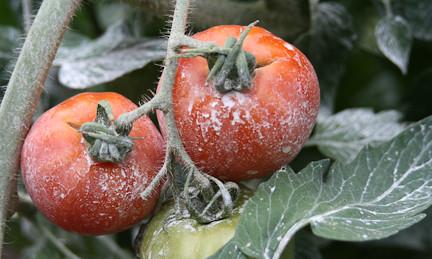In 2010 and 2011, brown marmorated stink bugs (BMSB) were seen in extremely high numbers in the Mid-Atlantic region. They were responsible for causing major economic damage to fruit and vegetable crops at a number of orchards and farms. In addition to causing damage to plants and fruit, brown marmorated stink bugs are a major nuisance to people. Adult stink bugs often seek shelter inside houses and other buildings. Once inside, they congregate almost anywhere. These pests will not cause structural damage or reproduce in homes. They do not bite people or pets. Although they are not known to transmit disease or cause physical harm, the insect produces a pungent, malodorous chemical and when handling the bug the odor is transferred readily.


